Should one make mention of Hannibal, Carthage, or the Punic Wars to a non-wargamer, they are most likely to mention Hannibal’s famous trek through the Alps, and of course, elephants! The heroic exploits of Hannibal and his motley army of mercenaries and barbarian warriors, clashing against the steadfast citizen armies of the Roman Republic defending their homeland, are pure wargaming catnip.
It goes without saying that the Punic Wars are a fascinating period both to wargame and to read about. The wars with Carthage are the only time in its history when Rome fought an existential conflict against a peer competitor, and was the only time in its history when it truly came face to face with annihilation. After Carthage was defeated and eventually destroyed, Rome reigned supreme over the Mediterranean basin, and remains the only power that has controlled every Mediterranean coastline simultaneously. Rome would continue its dominion for a considerable period of time, up until the later empire’s decline and fall over five hundred years later.
Hannibal Battle Set
The new Hannibal battle set is so utterly jam-packed with miniatures that we can’t possibly fit them all onto a single image! Within this gargantuan box is everything needed to get playing, including two massive plastic armies, scenery, rules and dice! It’s quite simply the biggest Epic Battles box we’ve ever put together!
Included within the box is a whole second wargame- Scipio! Played on the included battleboards, it serves as a perfect primer to Punic Wars military tactics – just stick your models together and get rolling dice. We’ll talk more about Scipio in the coming weeks.
The Punic Wars in Hail Caesar Epic Battles
Why are the Punic Wars so suitable as a subject for Hail Caesar Epic Battles? In a word, because they’re Epic! The Second Punic War, which is the focus of the game, includes several of the greatest battles of the ancient world, many of which, such as Cannae, are still studied in military academies today. The scope for truly massive, awe-inspiring tabletop battles as players attempt to change the outcome of these legendary clashes of arms is something that should cause all wargamers and enthusiasts of military history to crack out their modelling tools and paintbrushes, and set about mustering their maniples, warbands and battlelines!
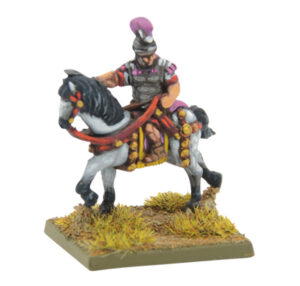
Scipio Africanus’ Roman Legions
The differing natures of the opposing armies gives players both a fantastic painting project, but also challenges their tactical acumen pitching the solid and homogenous Roman manipular line, supported by their allied troops against the eclectic mercenary armies of the Carthaginians. In fact, it is something to note that the Roman army of this period is very different from the later armies of the post-Marian reforms wielded by the likes of Caesar and Pompey, and the dominant professional legions of early Imperial Rome. In the period of the mid republic when the Punic Wars occurred the Roman legions, although still formidable, were citizen armies raised and disbanded according to military need. The organisation of the legions differed greatly in this period also, with the army being organised into maniples (handfuls), smaller units that took their place in the line of battle that reflected the social organisation of the Republic; at the front were the hastati, lightly armoured younger warriors eager to prove themselves in battle, behind them came the principes, older men, more experienced in war, and finally bringing up the rest were the triarii, well equipped hardened veterans, who were the last line of defence.
These units were arranged on the battlefield in a highly flexible checkerboard formation that allowed fresh units to move up and replace those at the front once the brutal exertions of hand-to-hand combat had begun to take their toll. Ably supported by allied troops, often made up of Italian peoples conquered by Rome, and both heavy and light cavalry (equites), these were the Roman armies that humbled the inheritors of Alexander the Great’s fragmented empire, and ultimately vanquished Carthage, Rome’s greatest enemy.
Hail Caesar fans will find much to love here as Republican armies of this period are so unlike any other armies of the period, both in their organisation and play style. That said they are still Romans, and will give the Carthaginians a good run for their money on most occasions. Just don’t neglect those flanks…
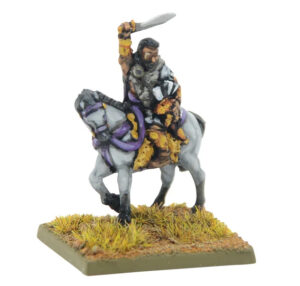
Hannibal Barca’s Carthaginian Army
Their nemesis, the Carthaginians are a different kettle of fish, on the one hand having a more familiar organisation of battle line and warband-sized units, while on the other they will require careful planning and coordination on the tabletop in order to get the very best out of the army due to the esoteric mix of different units offering a wide range of strengths and weaknesses. Assigning objectives to your units and divisions that best suit their battlefield role is the key to victory over the accursed Romans.
Reading up on the different battles of the Punic Wars, in particular those of the Trebia, Lake Trasimene, Cannae, and Zama will give players a feel for the tactics employed by the two armies, and is an enjoyable ‘deep dive’ in itself. Perhaps most importantly, it may help tabletop generals avoid the errors made by their historical counterparts. Forewarned is forearmed as they say…
“I will either find a way, or make one.”
Hannibal Barca
A Brief Overview of the Punic Wars
Carthago delenda est – Carthage must be destroyed. So ended the speeches given by the Roman statesman Cato the Elder, regardless of the actual subject being debated. The story of how Rome’s death struggle with the rival city of Carthage came to haunt the Roman imagination, with its near-death experience at the hands of the talismanic Carthaginian general Hannibal Barca, is one that has fascinated historians and successive military leaders down the ages.
The Punic Wars, as they came to be known, were the greatest conflict of the ancient world. It was an epic battle for supremacy between the two preeminent Mediterranean powers of Rome and Carthage, and it was a conflict whose outcome would decide the course of Western civilisation. While the conquests of Alexander the Great nearly a century before had spread Greek culture across central Asia, all the way to India, it was the fledgling city-state of Rome in the west that would eventually grasp the mantle of Hellenism, marrying Greek civilisation’s achievements in science, medicine, art, philosophy, architecture, literature, and military innovation to its own stern and unyielding military and political ethos.
By the middle of the 3rd century BC, the Roman Republic had grown to bring the entirety of the Italian peninsula under its heel, surviving myriad defeats and humiliations at the hands of its many enemies among the Italian tribes and the Celtic barbarians to its north. At every turn the Romans had simply refused to yield and had continued the fight against its foes until it eventually emerged triumphant, and subsumed those it defeated under its dominion.
Further south, across the ocean, Phoenician colonists from the Levant had established the city of Carthage over two hundred years before the traditional founding date of Rome in 753 BC. The Phoenicians were great mariners and had founded a wealthy civilisation from their network of ocean-going trade routes – stretching from the Levant to Africa and across to the Iberian peninsula further west.
For many years relations between Rome and Carthage were friendly, with them even having a common enemy at one point in the shape of the Hellenistic warrior king Pyrrhus, who invaded both Italy and Sicily in turn, dealing a bloody nose to both Rome and Carthage before finally running low on both men and money and departing back to Greece where he would meet his fate during a chaotic battle in the streets of the city of Argos.
The Carthaginians had maintained a presence in Sicily for centuries but had been unable to wrest control of the island from the Greek colonists who also laid claim to the territory. It was in the maelstrom of Sicily’s internal politics, coupled with its geographical position so close to Roman-dominated Italy, that the seeds of the Punic Wars were first sown.
The First Punic War (264-241 BC) was fought almost exclusively at sea and on Sicily and ended in Carthage’s defeat and the imposition of war indemnities on the city. This of course only served to eventually ignite hostilities again, in the Second Punic War (218-202 BC), which is the conflict that Hail Caesar Epic Battles focuses on.
Heroes of the Punic Wars
The Second Punic War is perhaps the most famous, most studied, and wargamed conflict of the ancient world, mainly due to its two most famous opponents; the Carthaginian general Hannibal Barca, and the Roman consul Scipio Africanus who clashed most famously on the plains of Zama, the climactic battle that ended the conflict.
Although both Hannibal and Scipio more than deserve their status as two of history’s most accomplished military minds, and both their lives are fascinating stories themselves, there are several other personalities who took part in the events of the Second Punic War, whose exploits whether in victory or defeat merit more than a cursory look. The great news is that all of these historical personalities have finely detailed Warlord Resin sculpts to represent them on the tabletop accompanied by special rules for each in the Hail Caesar Epic Battles rulebook.
On the Roman side, we have the like of Claudius Nero, victor over Hannibal’s younger brother Hasdrubal at the Battle of the Metaurus in 207 BC, where he sprang an ambush on the unfortunate Carthaginian. Sempronius Longus wrested the island of Malta from the Punic forces, before being defeated at the Battle of the Trebia by Hannibal himself. Gaius Terentius Varro was the infamous commander at the Battle of Cannae, and last but by no means least, Publius Cornelius Scipio, father of Scipio Africanus, and a renowned general in his own right, if not quite as accomplished as his own son and namesake.
For the Punic side, we have the Barcid brothers, not only Hannibal himself, but also Hasdrubal and Mago, Hasdrubal Gisco, held to be the finest general among the Carthaginians after the Barcids, and Hanno, son of Bomilcar, nephew to Hannibal, who led the Numidian cavalry on the right flank at the Battle of Cannae, and later clashed with the roman general Sempronius Longus.
Further Reading
The Rise of the Roman Empire – Polybius: The best primary source for the events of the period. Polybius was a Greek statesman and historian sent to Rome as a hostage in 167 BC, and who therefore had a ringside seat for the events leading up to the Third Punic War and the eventual destruction of the city. Essential reading for those who want a deep dive into the period written by one of the ancients themselves.
The Fall of Carthage – Adrian Goldsworthy: A wonderfully readable account of all three wars as well as the events leading up to the conflict. The author has a page-turning style that suits this narrative history very well. Highly recommended as a primer on the Punic Wars if you are coming to the period fresh.
The Punic Wars – Nigel Bagnall: A fully illustrated account from the redoubtable Osprey Publishing. Lots of photographs from the battlefields and ancient sites mentioned in the text, along with plenty of maps detailing the campaigns and battles as you would expect from Osprey.
Armies of the Macedonian and Punic Wars – Duncan Head: An older title from the Wargames Research group and first published in the early 1980s, this is primarily a reference book rather than a ‘bedtime read’. However, it is a very useful tome, especially for the full-colour line drawings featured throughout that serve as a very useful painting guide for the myriad different warriors of the third to second centuries BC.
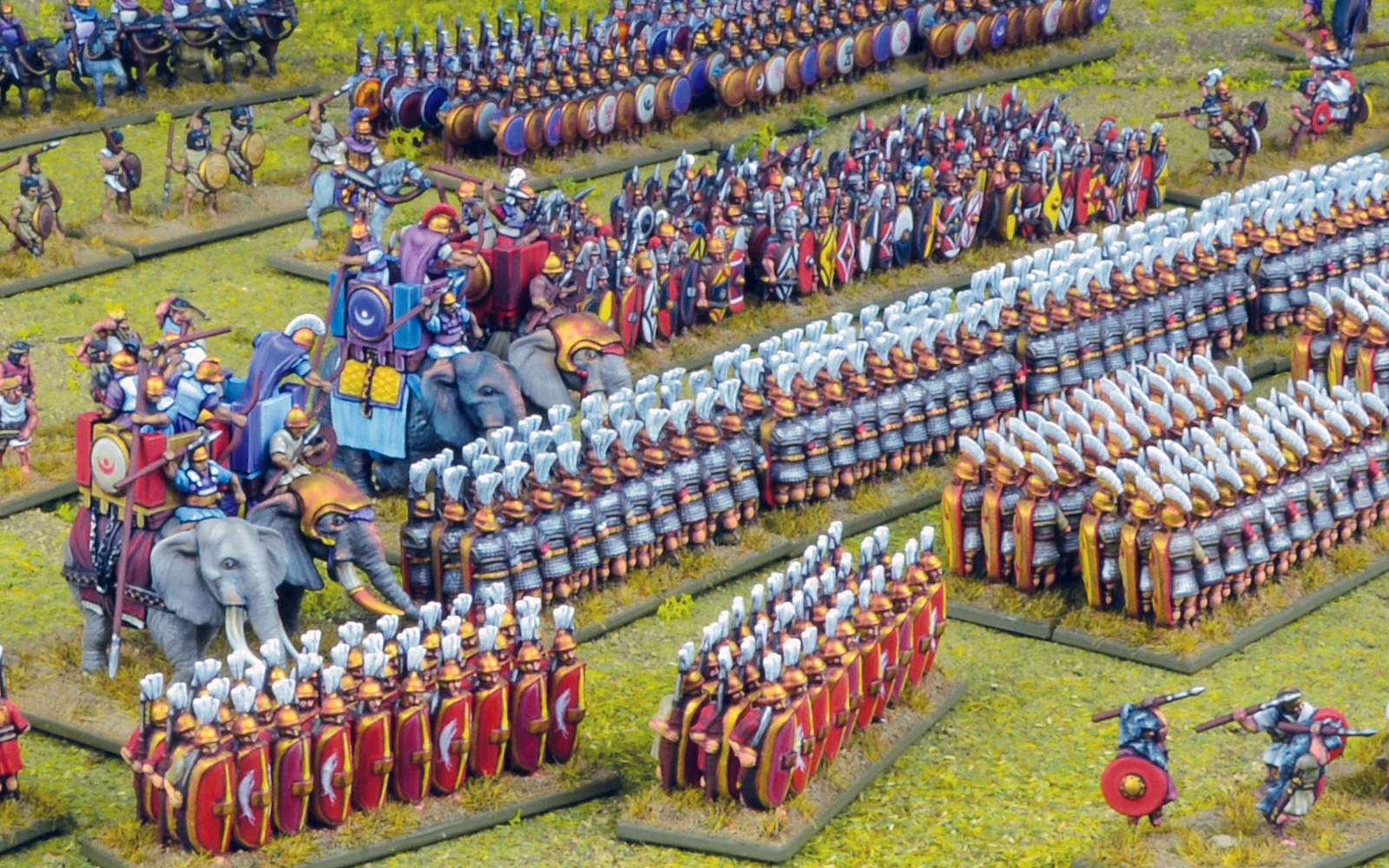
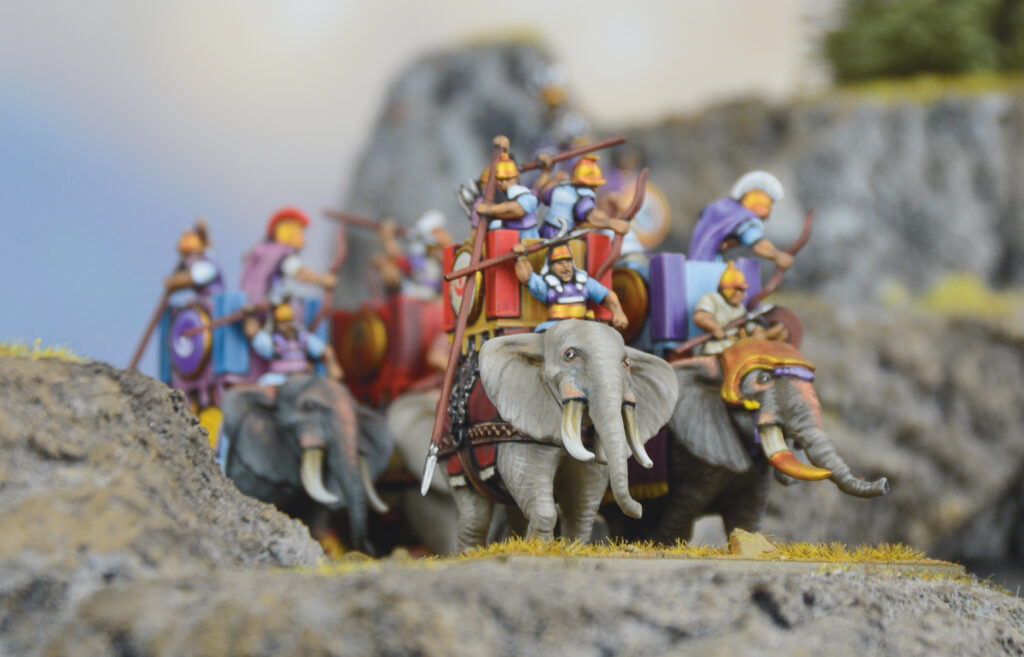
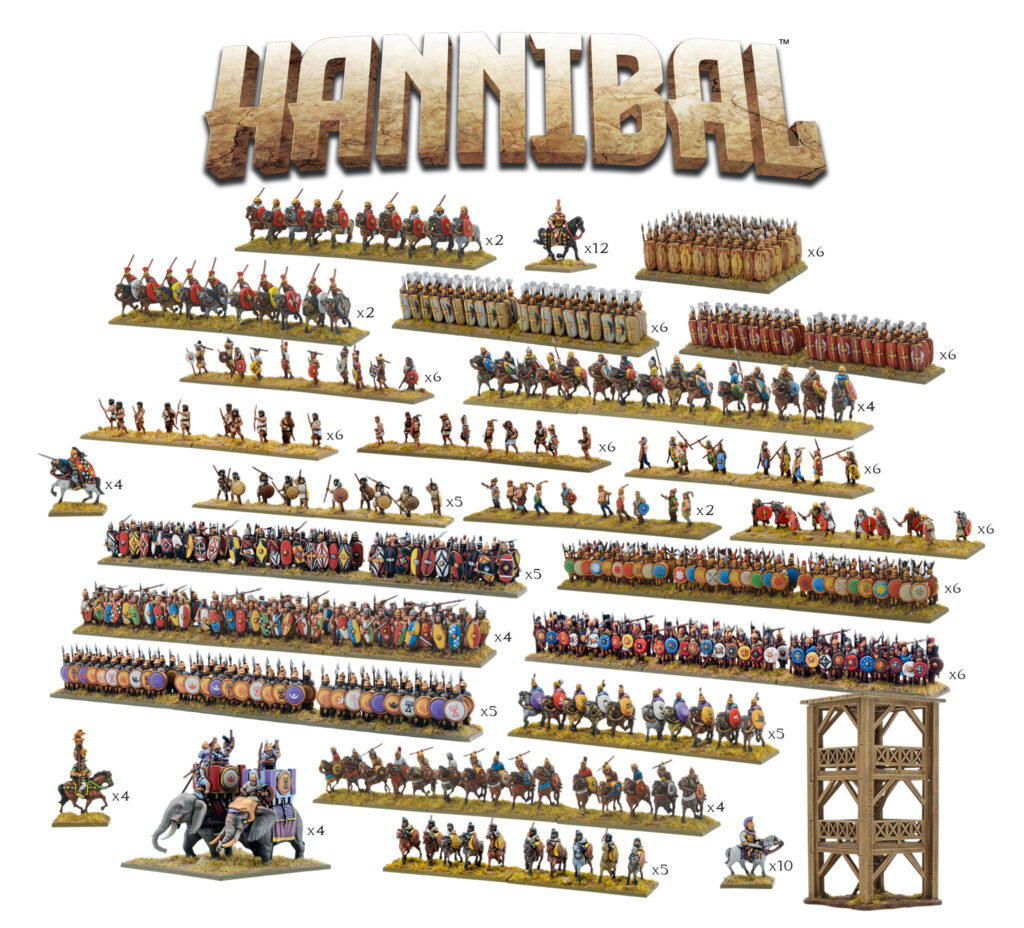

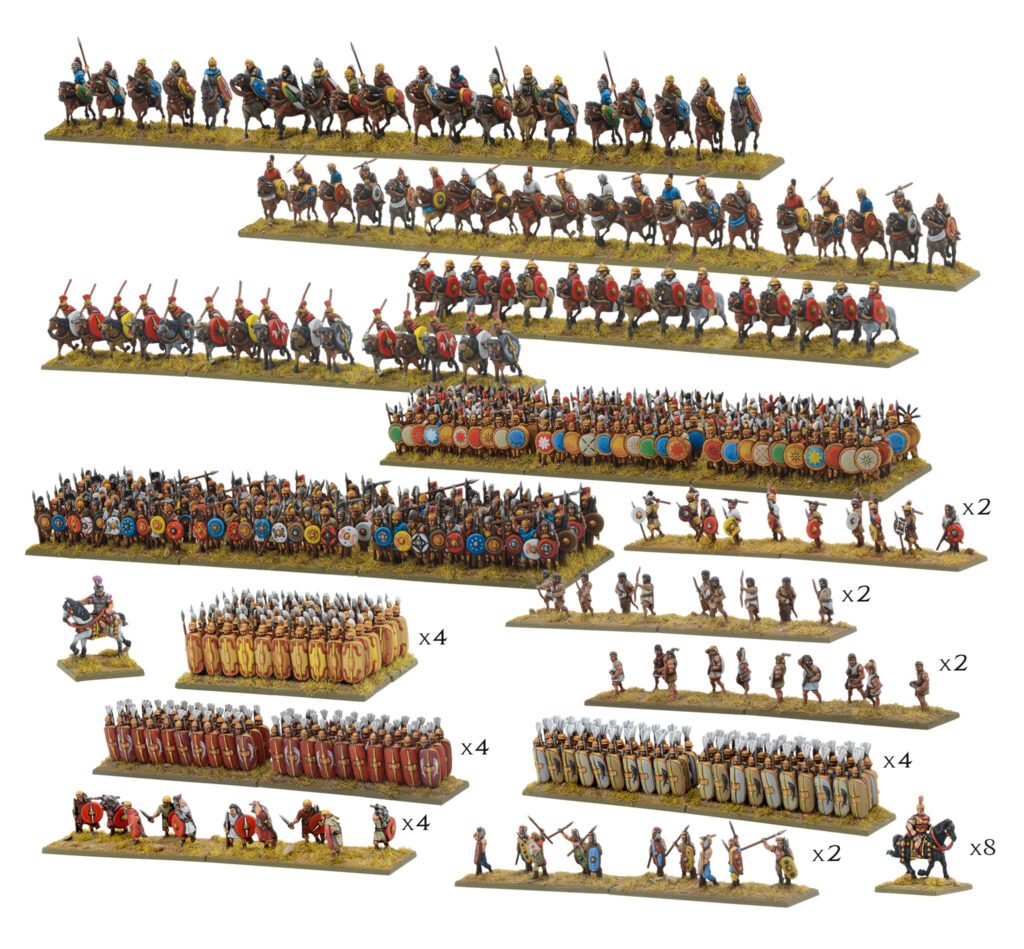
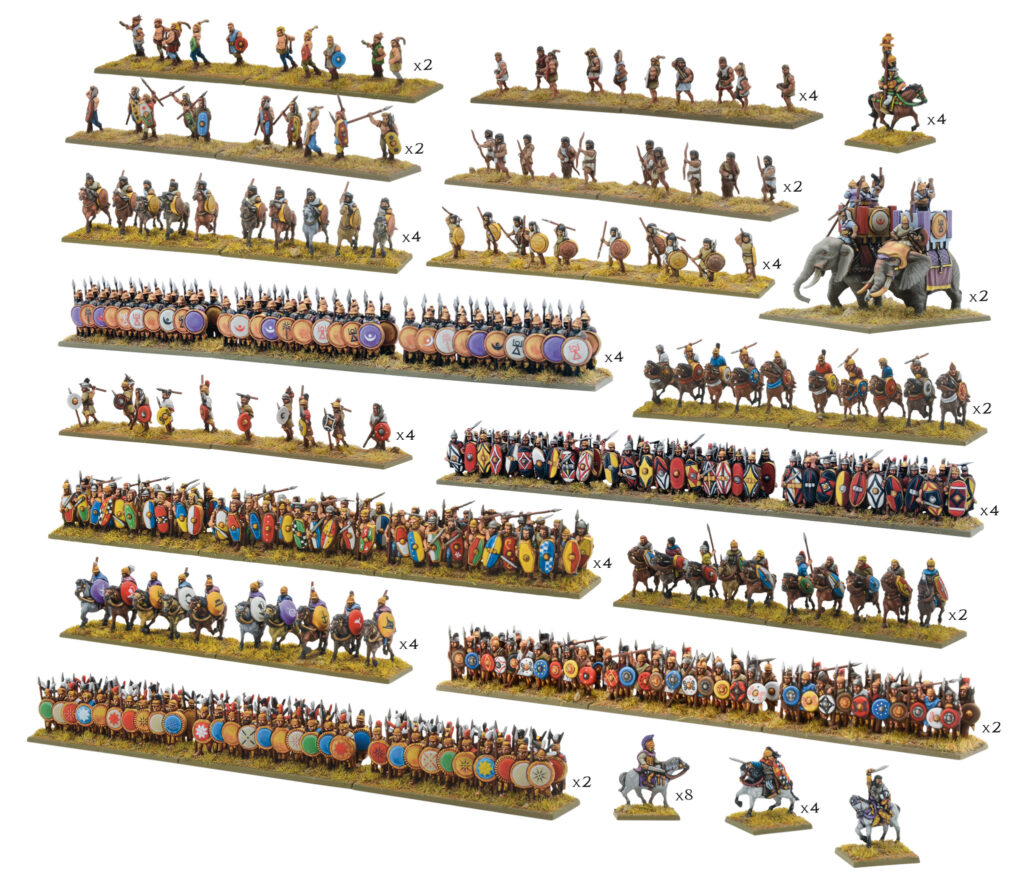

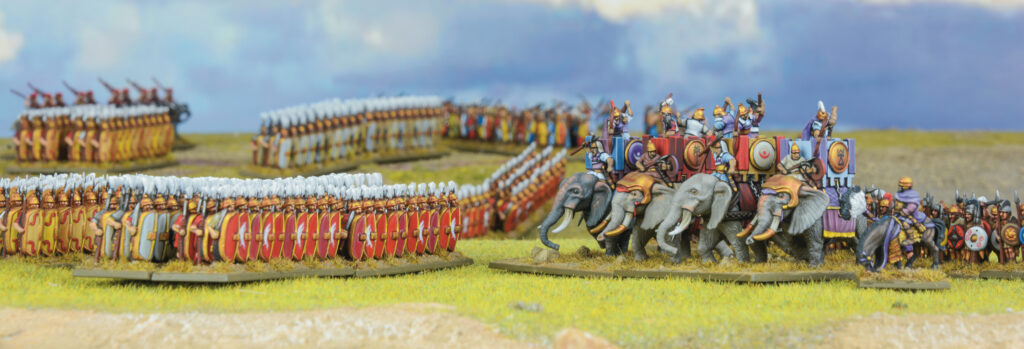

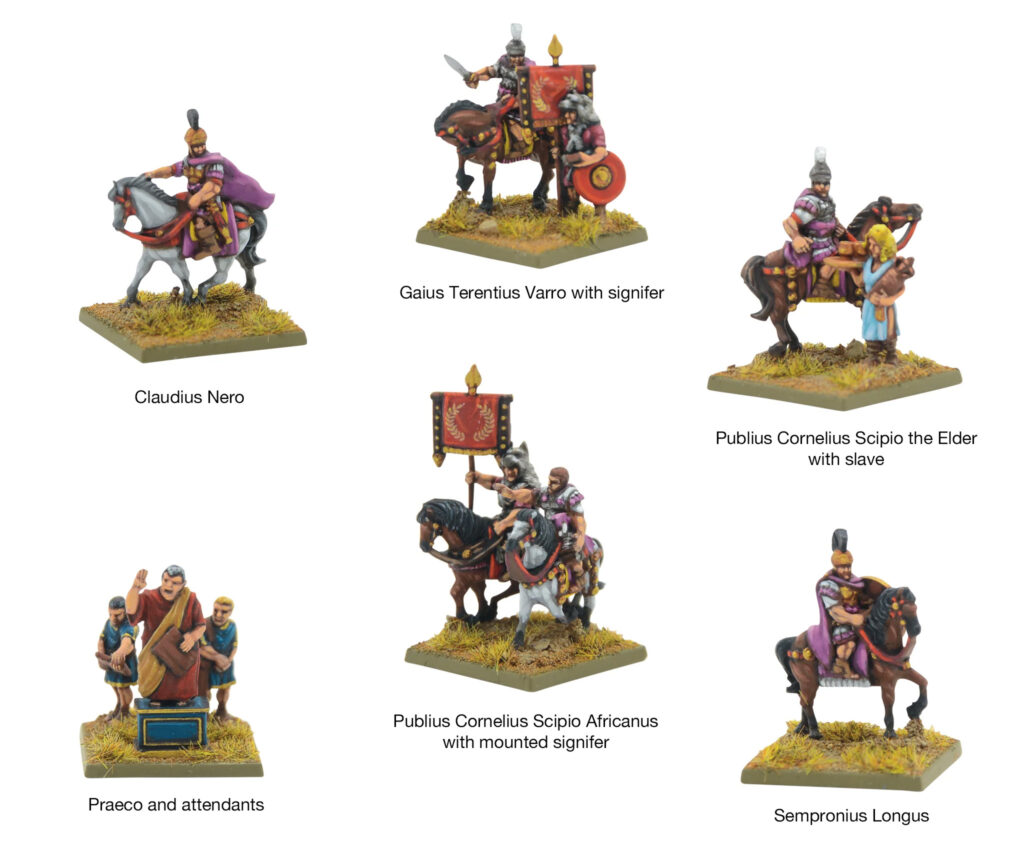
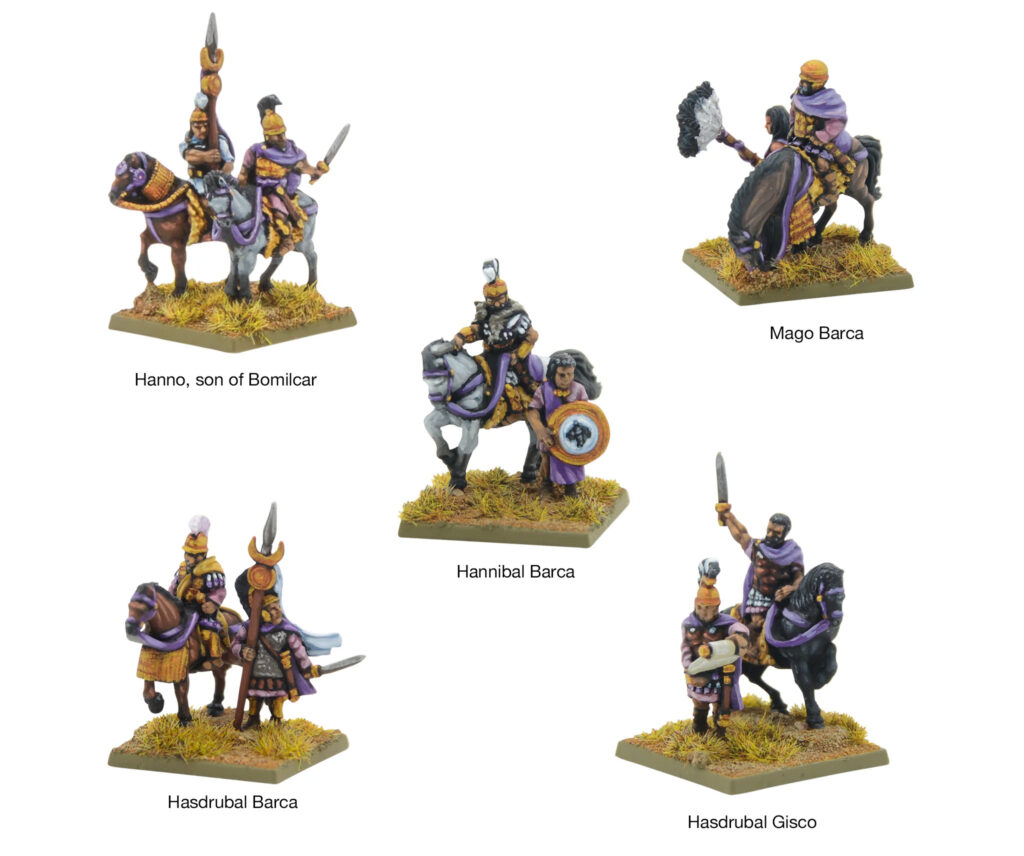
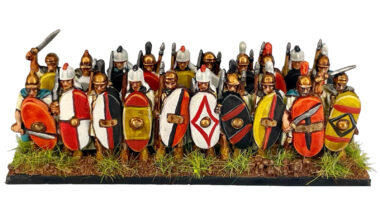
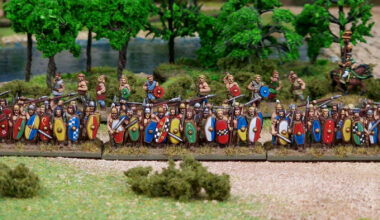
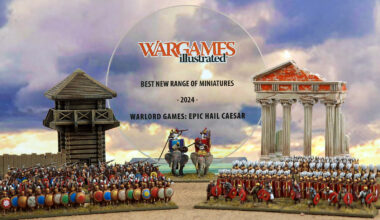
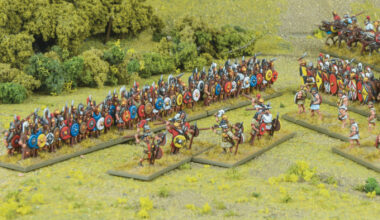
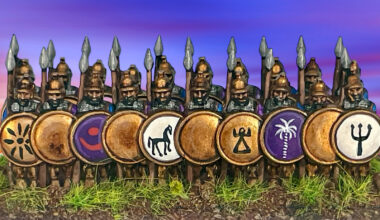
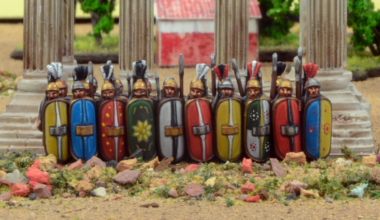
7 comments
This is going to be fantastic! I’m 100% aboard the hype train.
A very informative yet inspirational article – thank you!
Armies of the Macedonian and Punic Wars is a good Book!
With its included Errata from 2016, it is still “up to date”
Why wears the Roman Heavy Cavalry those Attic Helmets? They should wear Montefortino and/or Boetian Helmets.
Ah yes finally… PUNIC AT THE DISCO
What would be interesting to know is how the game re-creates the tactics of the Roman army, the use of the tortoise shield. Ballista and other long range weapons, that made them so formidable.
Can we also be assured that the rule set is not just the 28mm version dropped into this scale, as was done with Waterloo Epic, which (in our case) has had to result in some fudging of ranges and rolls to hit.
Would love to buy this game ,however Warlord insists on charging Australia in $US instead of£UK. This means the core set costs an additional £65 due to the different exchange rates. Despite previous enquires I have never been given a valid reason for this impost.
Comments are closed.